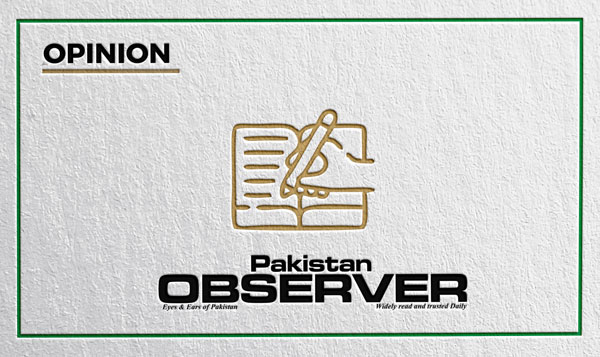Articles and letters may be edited for the purposes of clarity and space.
Assurance
and reality
Finance Minister Mohammad Aurangzeb said Pakistan’s latest macroeconomic indicators offer a hopeful outlook. The statement, however, raises questions about the depth and durability of these improvements. He described as positive trends, a stabilising rupee, rising foreign exchange reserves, lower inflation and a reduction in interest rates. Yet, for many Pakistanis, these macro-level metrics still feel far removed from everyday realities. However, challenges loom large.
Food inflation, which has hit eatable items like pulses and chicken, continues to burden the average household. While the government attributes rising prices to global trends, the fact remains that domestic inflation has yet to truly ease for ordinary citizens. A 60 per cent increase in pulses and 15 per cent hike in chicken. The rising dearth underscores that relief is more rhetoric than reality.
The Finance Minister’s message to the private sector calling for independence from government-led research and innovation signals a shift towards a less interventionist approach.
If the government steps back, will the private sector actually step up? Historically, the private sector has often struggled to drive progress without clear support and incentives from the state, particularly in fields like agriculture, where chronic issues such as water scarcity and outdated farming practices persist.
His call to action appears more theoretical than practical, particularly with structural issues in taxation, energy and pensions still unresolved. Simply recognising the importance of reforms without a concrete roadmap may not yield the tangible results that Pakistan desperately needs.
Mr Aurangzeb’s concern over Pakistan’s rapid population growth and high rates of child malnutrition points to an underlying vulnerability: an unaddressed demographic challenge that could offset any economic gains.
With 40 per cent of children under five malnourished, real economic progress cannot ignore such critical social issues. In short, while the Finance Minister’s optimism may inspire hope, Pakistan’s economic foundations require viable reforms with determination more than high-level assurances.
QAZI JAMSHED SIDDIQUI
Lahore
Quetta blast
A deeply heart-wrenching incident took place in Quetta as a blast targeted the Jaffar Express at the railway station platform around 9 a.m. The train, en route to Peshawar, was attacked in what police report as a suicide bombing, with the BLA claiming responsibility. At the time of the attack, nearly 150 to 200 people were present on the platform, making the scale of the tragedy even more profound. This incident has intensified terrorism in the region, posing a grave threat to citizens. Passengers who arrived at the station that morning, excited for their journey, were instead faced with a devastating tragedy.
The sudden shift from a lively environment to one of shock and sorrow has left numerous families shattered and communities in grief. Such acts that endanger human lives are reprehensible, highlighting the urgent need for a secure environment for all citizens.
The rise in public attacks points to a concerning decline in peace across the region. Increasing terrorism in Balochistan and Khyber-Pakhtunkhwa is a serious warning for the nation’s safety and stability.
AREEBA ALTAF KANASRO
Larkana, Sindh
Teflon flu
Polymer fume fever or Teflon flu is caused by inhaling fumes from burning plastic and polymer products, including Polytetrafluoroethylene (PTFE). Like other flu symptoms, Teflon flu also causes headache, fever, shivering, shortness of breath, muscle aches, weakness, chest tightness, coughing, excessive thirst and sweating. The flu can also affect the patient’s taste buds and cause bad or unpleasant taste.
Teflon flu occurs when non-stick cookware, typically coated with PTFE, is heated above 500 degrees Fahrenheit (260 degrees Celsius). The PTFE breaks down at this temperature, releasing fumes that can cause severe respiratory irritation. These symptoms are often mistaken for common illnesses, making diagnosing the condition difficult.
Unfortunately, long-term exposure to Perfluoroalkyl and Polyfluoroalkyl Substances (PFAS) has been proven to lead to neurological challenges, cancers, and other chronic illnesses. Hollywood movies like ‘Dark Waters’ give a real depiction of the effects of PFAS and Teflon and highlight the cumulative community impacts of PFAS pollution.
JUBEL D’CRUZ
Mumbai, India










